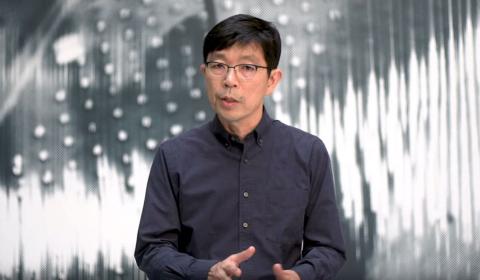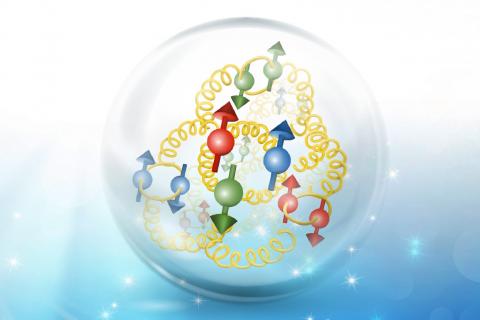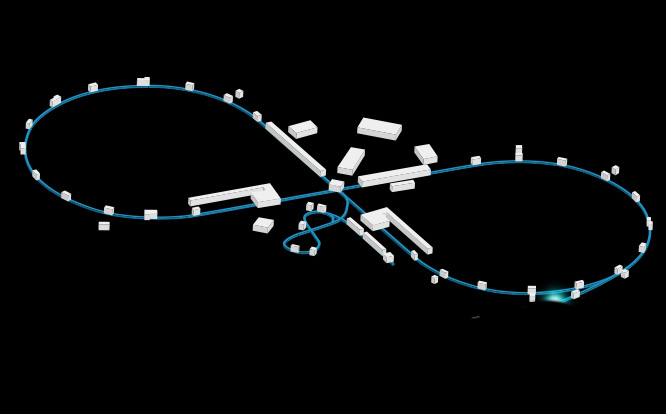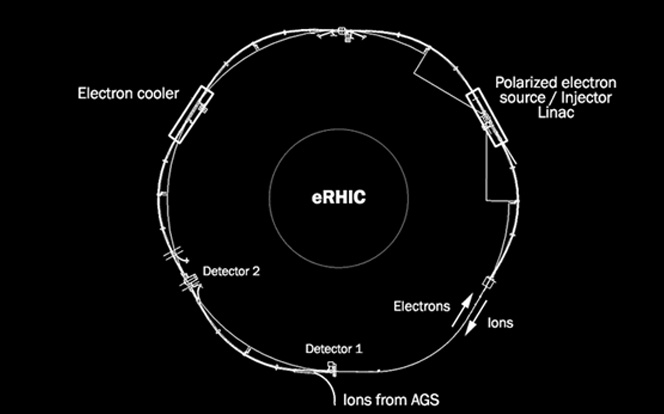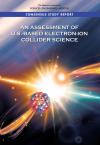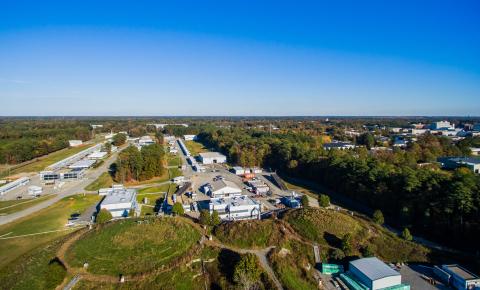Everything that we can see in our vast universe is made up of atoms, with protons and neutrons at their core. Protons and neutrons form the nuclei of atoms, which make up the bulk of the mass of everything we see in the universe today, from stars to planets to people.
Compared to the complexity that we observe in our world, protons and neutrons may seem like simple objects, but they aren’t. Inside them is a teeming microcosm of quarks and glue-like gluons whose ethereal interactions help establish their essential properties. And while we know the fundamental constituents of protons and neutrons are quarks and gluons, we know little about how these tiniest building blocks are arranged and interact.
To probe the intricacies of these inner microcosms, nuclear physicists hope to build an Electron-Ion Collider (EIC) —a machine that will open a new window through which we can study and understand the matter within us and its role in the universe around us.

